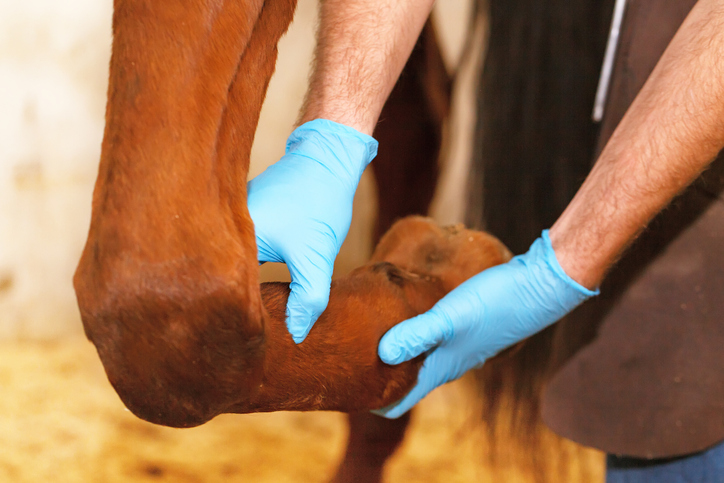Let’s not beat around the bush; our sport is at a pivotal moment. With all the buzz around cheaters, lackluster self-regulation, and now more than ever, the controversial role of therapeutic practices, it’s time we had a frank discussion.
The Detrimental Role of Cheaters
First up, let’s tackle the cheaters. They’ve been in the game as long as the finish line has. You know the types, those who cut corners with medications, put horses at risk, and sully the sport. Rooting out these bad apples needs to be a priority. Enhanced testing, heftier penalties, and vigilant oversight would go a long way.
Failed Self-Regulation: The Root of All Evils
The conversation naturally moves to our failure in self-regulation. It’s a pill we’ve got to swallow. The unfortunate rise in breakdowns and incidents has opened the doors for organizations like HISA to swoop in. We had our chance and blew it. Now, we’re under the microscope, and for a good reason.
Therapeutic Practices: The Missing Piece of the Puzzle
But here’s where it gets murky. Lost in the discussion about cheaters and self-regulation is the role of therapeutic practices. While medications like lasix have been controversial, they also serve a purpose. Therapeutic medicines and joint therapies not only help but also contribute to overall joint health and, believe it or not, prevent injuries. Due to stricter HISA rules, these practices have been limited, and this might just be what’s contributing to the rise in breakdowns.
The Cost of Ignored Therapies
With new limitations on therapeutic practices, we’re doing our athletes a disservice. Think about human competitors for a moment. They have access to a wide range of treatments, from anti-inflammatory medications to specialized physical therapy. This preventative care allows them to perform at their best and reduces the risk of injury. Shouldn’t our equine athletes be afforded the same consideration?
Media: Fanning the Flames
While we’re talking about problems, let’s not forget how media sensationalizes every breakdown and injury. It’s our fault that we’re in this situation, but that doesn’t mean every trainer or owner is to blame. Many in our industry genuinely care for their horses and want what’s best for the sport.
Greed: The Underlying Enemy
Let’s not kid ourselves. Greed has landed us here. From the cheaters who focus solely on wins and money to our collective negligence in managing the sport, greed has been the driving force behind many of our current issues.
The Way Forward: Revisiting Therapeutic Practices
It’s not rocket science. We need to be at the table when regulations are discussed, especially concerning therapeutic practices. Proven preventive therapy, like medications and joint treatments, promote a healthier horse. Isn’t that the ultimate goal? A healthier horse is less prone to injury, which is better for everyone involved: the horse, the owner, the jockey, and the spectator.
The Bottom Line
So here it is, a deep dive into our industry’s hot topics. From cheating and self-regulation failures to the crucial yet overlooked aspect of therapeutic practices, we’ve got a lot of work to do. It’s time to clean up our act, advocate for reasonable policies, and focus on the health and well-being of our horses.
Stay true to the sport and to the incredible animals that make it all possible. Until next time, keep advocating for what’s right.

